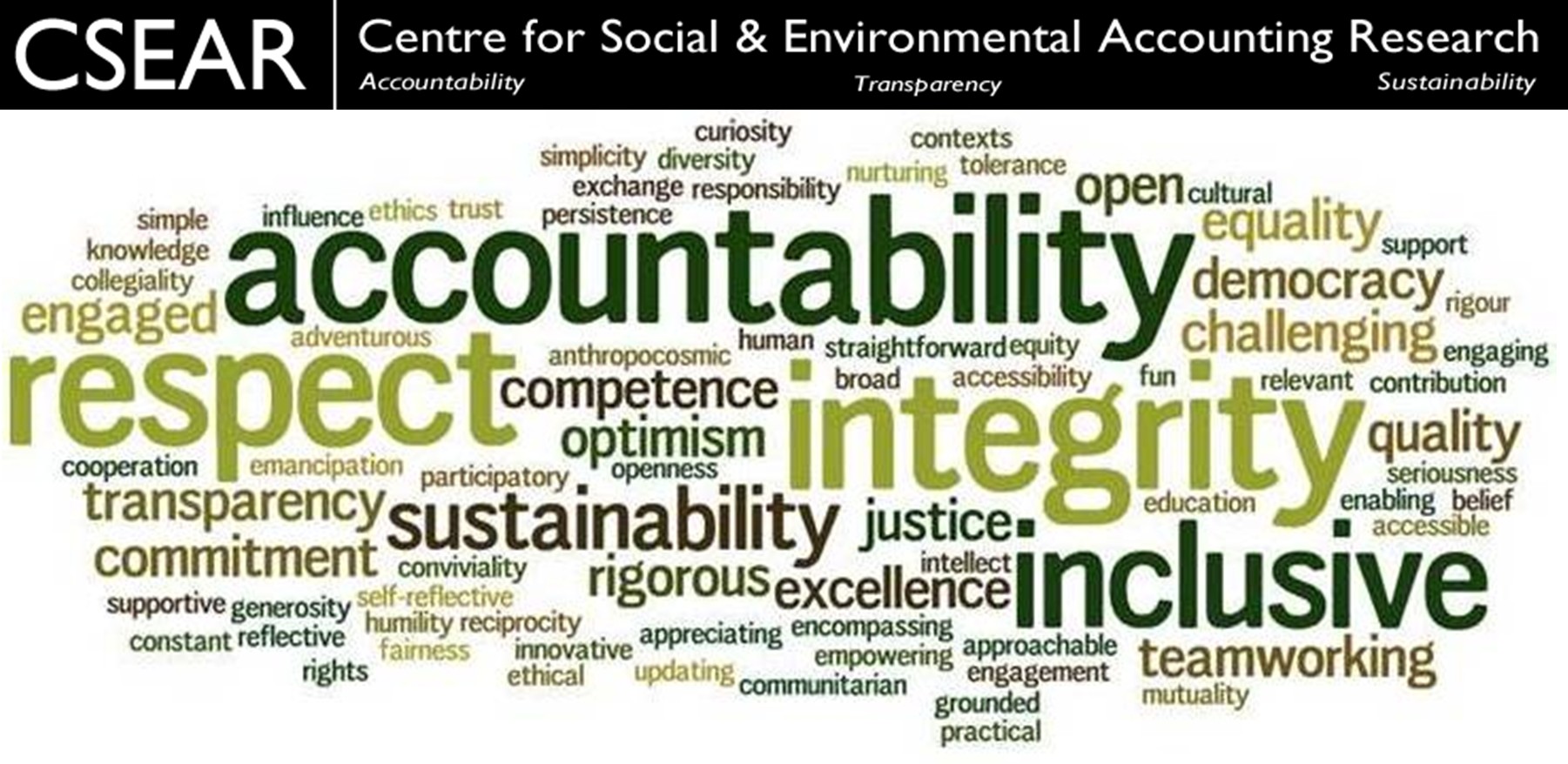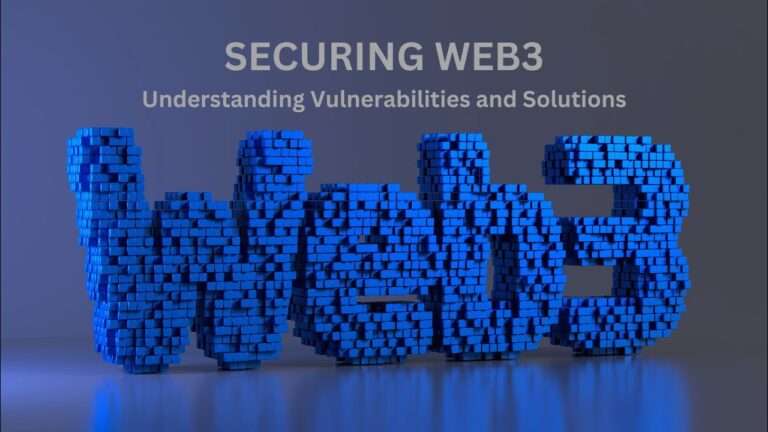People have been discussing Web3 as the next stage in the internet’s evolution for some time. It will be a place where decentralized technologies, such as blockchain, smart contracts, and Cryptocurrency Markets, offer people more power and create new ecosystems. But a new and troubling trend has emerged: bogus users are flooding platforms, which is causing problems in the industry.
The inventor of Mass, a well-known Web3 Growth project, recently brought this issue to light by warning about the frightening rise of false user identities on the decentralized web. His bold declaration, “Naglabas ng Resibo!” (“I’ve shown the receipts!”), has caused a stir in the Web3 community. It has sparked concerns over the space’s future and its ability to protect authenticity.
Challenges of Fraudulent Activity in Growing Web3 Projects
As Web3 projects gain popularity, they are attracting increasing attention from investors, developers, and users. But this growth has come with a price. Web3’s decentralized structure offers security and openness, but it also presents challenges, including the rise of fake identities, bots, and dishonest individuals.
Phony users can include bots that artificially inflate transaction volumes, fake token wallets that participate in governance, or fraudulent accounts that engage in illicit activities to manipulate the market. These fake users alter the genuine value of platforms and render Web3 initiatives less trustworthy.
 One of the main victims of this rise in fraudulent user activity is Mass, a decentralized network based on blockchain technology. The founder states that the platform has been inundated with fake accounts designed to mimic real users, which distorts metrics and compromises the overall user experience.
One of the main victims of this rise in fraudulent user activity is Mass, a decentralized network based on blockchain technology. The founder states that the platform has been inundated with fake accounts designed to mimic real users, which distorts metrics and compromises the overall user experience.
Impact of Fake Users on Web3 Trust and Credibility
Fake users pose a significant challenge for Web3 applications. Decentralization is a crucial aspect of Web3. It increases trust, openness, and safety. However, counterfeit users endanger these rules and make the situation ripe for abuse. If projects encounter issues with false user identities, they may lose credibility and trust within the community.
Fraudulent accounts can change how users interact with systems that rely on user engagement measures, such as decentralized finance (DeFi) protocols, NFT marketplaces, and decentralized social media platforms. This can lead to data that doesn’t accurately show how healthy and well a platform is performing. This, in turn, can influence how people perceive these platforms and their financial decisions.
The rise of bogus users on Mass has made people question how successful the site really is. These users can make it appear as though the site is growing, which would make it less legitimate and draw unwanted attention from regulators.
Challenges of Anonymity and Fraud in the Web3 Ecosystem
The Web3 ecosystem is growing rapidly and is decentralized, which makes it easier for malicious users to thrive. The fact that blockchain technology allows people to remain anonymous is one of the primary reasons for this rise. Web3 differs from previous systems in that it doesn’t require users to disclose personal information to join. This lack of identity makes it difficult to verify if accounts are genuine, which leaves platforms vulnerable to bogus users.
Additionally, the way many Web3 projects reward people exacerbates the situation. For example, airdrops occur when tokens are distributed for free to users. These airdrops can attract bots or fake users who aim to obtain free tokens but don’t intend to utilize the network. This kind of action is not only dishonest but also detrimental to the project, as it causes token inflation and lowers the value of the assets.
Ensuring Authenticity and Accountability in Web3 Projects
Web3 projects need to work on making things more open to stop the rise of bogus users. Many projects are already leveraging blockchain’s built-in benefits, including immutability and traceability, to verify user behavior and ensure its authenticity. Projects can distinguish between real and fake users by utilizing precise data analytics.
More strict Know Your Customer (KYC) and Anti-Money Laundering (AML) rules could also help solve the problem. These steps may seem to contradict the idea of decentralization, yet they can help protect users’ privacy while also preventing fraud. Some Web3 platforms are experimenting with hybrid models that combine decentralized governance with traditional Know Your Customer (KYC) and Anti-Money Laundering (AML) processes to strike a balance between privacy and transparency.
 The current outrage from Mass also emphasizes the need for Web3 platforms to be more accountable. Decentralization may make it harder for central authorities to enforce laws, but projects need to build self-regulating systems to make sure their community members follow the rules. The Web3 community is responsible for maintaining the space’s safety, whether through automated bots that detect false accounts or community-led efforts that report dishonest activity.
The current outrage from Mass also emphasizes the need for Web3 platforms to be more accountable. Decentralization may make it harder for central authorities to enforce laws, but projects need to build self-regulating systems to make sure their community members follow the rules. The Web3 community is responsible for maintaining the space’s safety, whether through automated bots that detect false accounts or community-led efforts that report dishonest activity.
Web3’s Future: Innovation and Regulation
Despite these challenges, Web3 has a promising future ahead. Despite the Web3 ecosystem’s relative youth, its anticipated growth is expected to spur the development of enhanced tools and technologies to address these challenges. Blockchain technology has already changed to provide stronger and safer ways to fight fraud. Decentralized identity systems (DIDs) may be the answer to confirming user identities without compromising privacy.
Additionally, the fact that industry leaders, such as the inventor of Mass, are paying attention to these problems indicates that Web3 is becoming more sophisticated in its approach to self-regulation. As the community grows and generates new ideas, safer frameworks will likely be developed to protect against malicious users and maintain a trustworthy environment in Web3.
Final thoughts
The rise of bogus users in Web3 is a significant issue that could compromise the decentralized web’s legitimacy and hinder its growth. The founder of Mass highlighted how this issue undermines the trust and transparency that underpin Web3 platforms. This means that initiatives must take immediate action to combat this growing threat. The Web3 community can overcome these challenges and continue moving toward decentralization by being more transparent, implementing stricter user verification, and committing to self-regulation.

